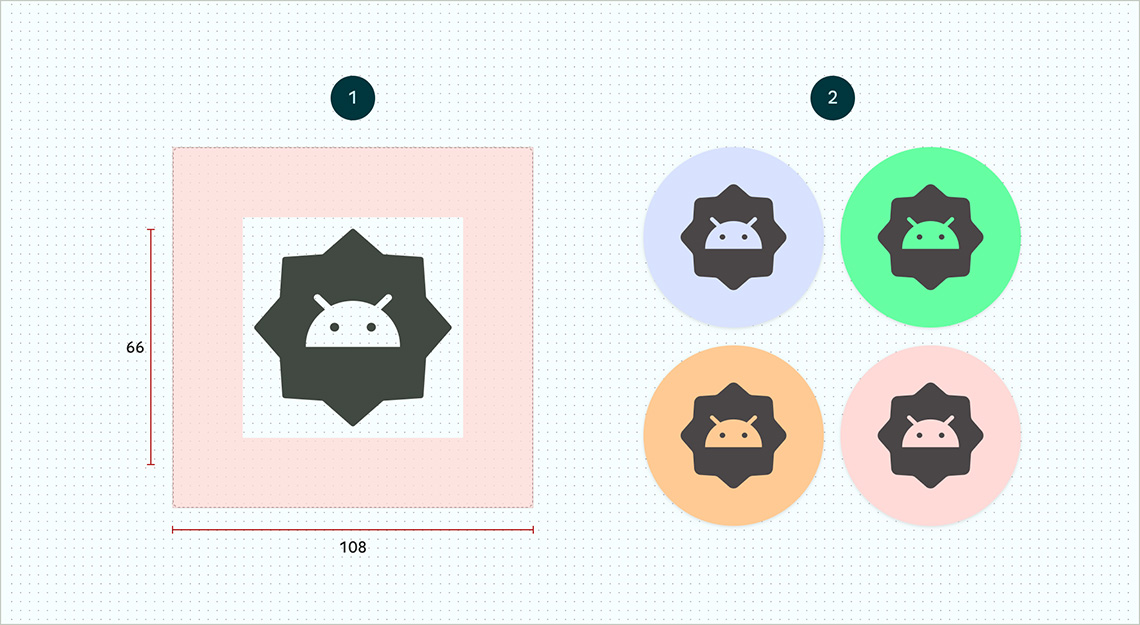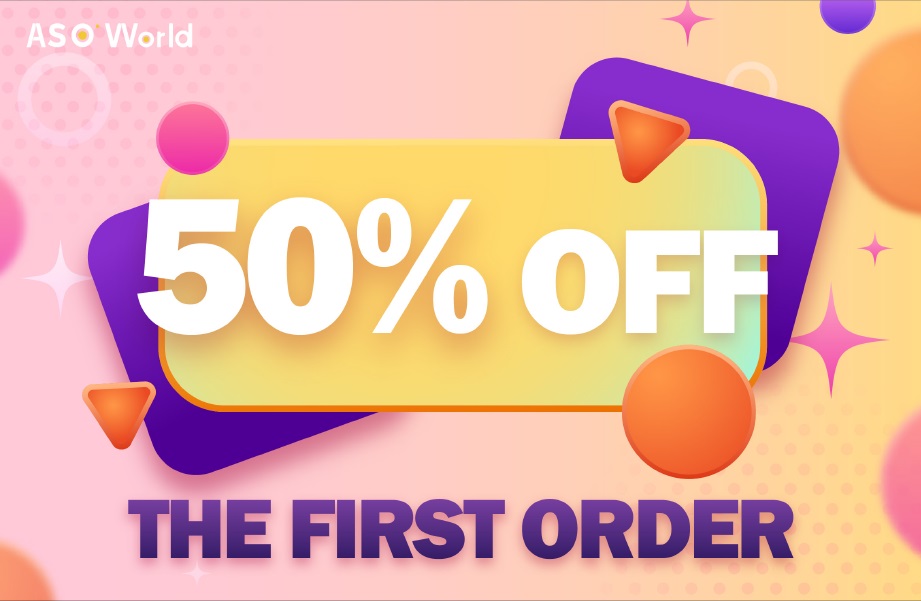New Compliance Requirements for Social Media Apps Under Australia’s Under-16 Ban






Google’s new Play Store policy requires themed icons for Android apps by October 2025, aiming for a cohesive user experience while posing challenges for developers.

Google has updated its Play Store policies, mandating that all Android app developers support themed icons by 15 October 2025. This move seeks to unify the Android user experience but has sparked debate among developers.
Introduced with Android 13 in 2022, themed icons are part of Google’s Material You design language, enabling app icons to adapt their colours to match a user’s system theme or wallpaper.
This feature creates a consistent look on the home screen, addressing the visual inconsistency of traditional Android icons.
Initially optional, many developers opted out to preserve brand identity, resulting in uneven adoption.
Android 16 QPR2 Beta 1, released in August 2025, introduced an automatic colour-filtering algorithm to apply monochrome themes to non-compliant icons, paving the way for Google’s new mandate.
The updated Google Play Developer Distribution Agreement (DDA), effective immediately for new accounts and by 15 October 2025 for existing ones, requires developers to grant users a non-exclusive, worldwide licence to modify app icon colours or themes:
"5.3 You grant to the user a non-exclusive, worldwide, and perpetual licence to perform, modify the colour of, or add themes to, your Product icons, display (including with the colour and theme modifications), and use the Product."
This ensures legal protection for users who customise icons or share themed versions in screenshots.
Developers must provide monochrome icon assets compatible with Material You.

👉 Google Play Guide for Adaptive Icons
If not provided, Android 16’s algorithm will automatically generate themed icons, which may compromise visual quality.
The Play Console now prompts developers to confirm compliance, with non-compliant apps at risk of removal from the Play Store.
👉 How to Design a Compelling App Icon to Attract Customers’ Attention?
Smaller developers face tight deadlines to update icons, particularly those with complex designs unsuitable for monochrome rendering.
Concerns about brand dilution are widespread, as auto-generated icons may distort intricate logos.
However, tools such as Android Asset Studio and Figma templates simplify compliance, and the policy aligns apps with Google Play’s promotional guidelines, potentially enhancing visibility.
Users benefit from a more consistent home screen experience, with all icons adapting to their chosen theme.
The legal clarity provided by the DDA enables sharing of themed icons without fear of breaching developer rights, enhancing personalisation.
Developer reactions are mixed. Some posts on X praise the policy for reducing opt-out inconsistencies, while others criticise Google’s own apps for lacking uniformity.
The mandate aligns with Apple’s iOS 18 approach, where themed icons are also compulsory, indicating a broader trend towards ecosystem standardisation.
Some developers are concerned about creative constraints, but others see opportunities for improved app discoverability.

Google’s push for themed icons reflects a strategic effort to enhance Android’s visual coherence, aligning it more closely with iOS’s polished ecosystem.
While the mandate benefits users, it places a burden on smaller developers, particularly those with limited resources to redesign assets.
The automatic theming algorithm offers a practical fallback but risks producing suboptimal visuals, which could frustrate developers prioritising brand identity.
Looking ahead, this policy may encourage more apps to explore alternative stores like Amazon’s Appstore if compliance proves too restrictive.
Nevertheless, by aligning with Material You, Google is fostering a modern, user-centric Android experience, likely shaping future design trends.
Get FREE Optimization Consultation
Let's Grow Your App & Get Massive Traffic!
All content, layout and frame code of all ASOWorld blog sections belong to the original content and technical team, all reproduction and references need to indicate the source and link in the obvious position, otherwise legal responsibility will be pursued.